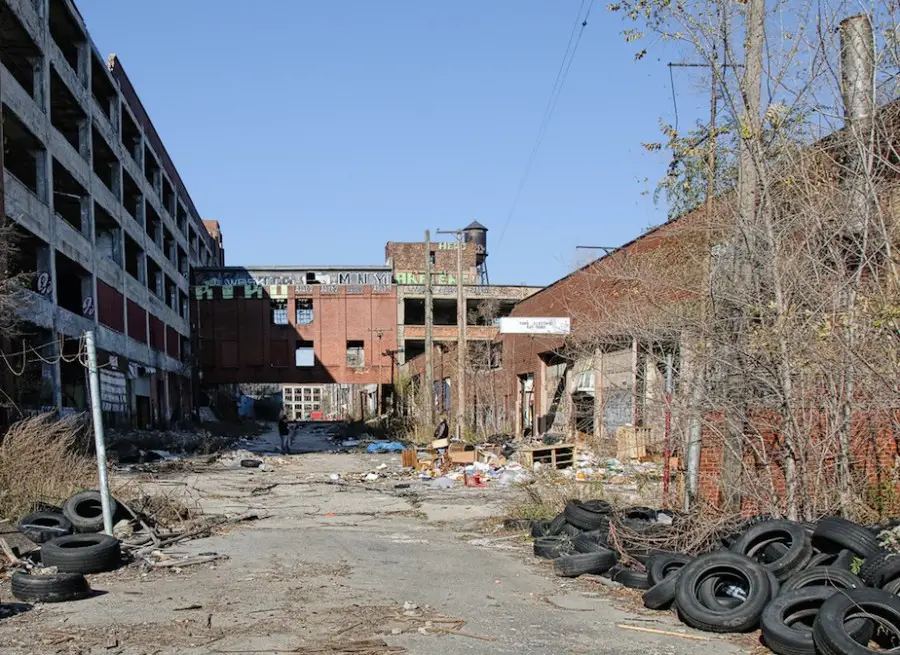We often talk about success and failure of cities. Success is usually associated with availability of jobs, vibrant start-up scene and growing population. Growth is a widely accepted indicator of success, yet not any growth is the same. A new report by Centre for Cities, a London based urban think tank, looks at spatial patterns of economic growth in the 63 largest cities in Britain. The report shows that a majority of UK urban economies are growing less concentrated and this may have consequences for their economic performance in the future.
The range of factors that make cities more productive are widely know as agglomeration benefits. Some of them, like access to a large pool of educated workers or ability to share costs of maintaining roads and utility networks operate at city regional scale. But knowledge spillovers have most significant impact when lots of people are bundled close together, like in city centres. In simple terms knowledge spillovers are a result of formal and informal face to face interactions. People generate creative ideas when they have easy access to information and ideas held by other people. Sometimes exchange happens in an arranged meeting, but often enough a light bulb moment happens after a conversation by the water cooler or a chat in a bar. The more people work close together, the more ideas each of them can access formally or informally. And the greater spread of information means more creative decisions and improved productivity.
Being at the centre of large cities is more valuable, because it gives access to greater number of people and their ideas. This is why more economic activity gravitate towards centres of large cities and they tend to be denser than centres of smaller cities .

Figure 1. Density of employment in city centres by city size.
Benefits of knowledge spillovers are not equally significant in all sectors of the economy. Assembly line workers are much less likely to benefit from casual information exchange than software developers. Industries that benefit from knowledge spillovers the most can be defined as Knowledge Intensive Business Services (KIBS), such as advertising, law, finance, engineering, IT and creative industries. Businesses in these sectors rely on access to information and ability to generate new ideas, and this is why they prefer locating in city centres. In British cities KIBS jobs are almost twice as likely to be located in city centre as an average private sector job. In fact in all but 4 of the largest 63 UK cities KIBS jobs are more concentrated than in city centres than private sector jobs.

Figure 2. Concentration of jobs in central areas of British Cities, 2011
This observation is particularly important because in recent decades KIBS have been a key driver of economic growth. Between 1998 and 2008 they accounted for one in four jobs created in the UK and the picture was similar in most developed countries. The continuing pressures of global competition mean that industries that tend to prefer city centre locations are likely drive economic growth in the UK in the foreseeable future. On the other hand some of the industries that require lower skills and locate in the suburbs may be more vulnerable to technological change and relocation.
On average this suggests that larger cities will find it easier to weather the storm of global structural change as their denser centres attract more KIBS jobs. On average it will be more difficult to compete globally for smaller cities, but some are much better positioned to so it than others. Places like Brighton where the city centre accommodates 28 per cent of all jobs and KIBS account for almost a third jobs in city centre, look well prepared for the future. On the other hand places like Wakefield, where significant proportion of jobs is spread along the highways and the city centre only contributes 8 per cent to employment, may be vulnerable.


Figure 3. Distribution of private sector jobs in Brighton and Wakefield
Strong performing city centres have other benefits as well:
- They pull in thousands of commuters to high streets on a daily basis, which supports local shops much better than market days or town centre teams that are suggested by the celebrity high-street crusaders in the UK.
- They are more easily served by public transport, which is particularly important for people on lower income and with lower skills to access jobs.
- They help reduce transport CO2 emissions as people can take public transport to commute into the centre instead of driving to dispersed business parks.
Strong city centres are one of the keys to making cities more efficient, sustainable and competitive in the future, and this should be reflected in policy.
The first step is to avoid initiatives that introduce incentives for business to leave city centres like Enterprise Zones that provide tax incentives for locating on selected areas, which are often in rural hinterlands. Instead national government should help cities support city centres, and not just high streets.
Cities themselves should understand the benefits of having a strong core and respond to their unique challenges. Cities with strong city centres should concentrate on keeping their engine running – fighting the disbenefits of concentration through permissive planning and congestion charging. Cities with weak centres should make their centres more attractive as places for business through investing into public space, transport and converting offices into flats or even knocking down access office stock.
Clearly, not every city will be able to develop its center into lower Manhattan. And larger cities that can pull resources from their broader regions have a better chance of developing a strong core. Yet every city should be thinking of ways to improve their city centre if they don’t want to be left behind in an ever more competitive world.
For more see full version of Beyond the High street.
Dmitry Sivaev is a researcher at Centre for Cities. You can follow him on twitter @DmitryCities


